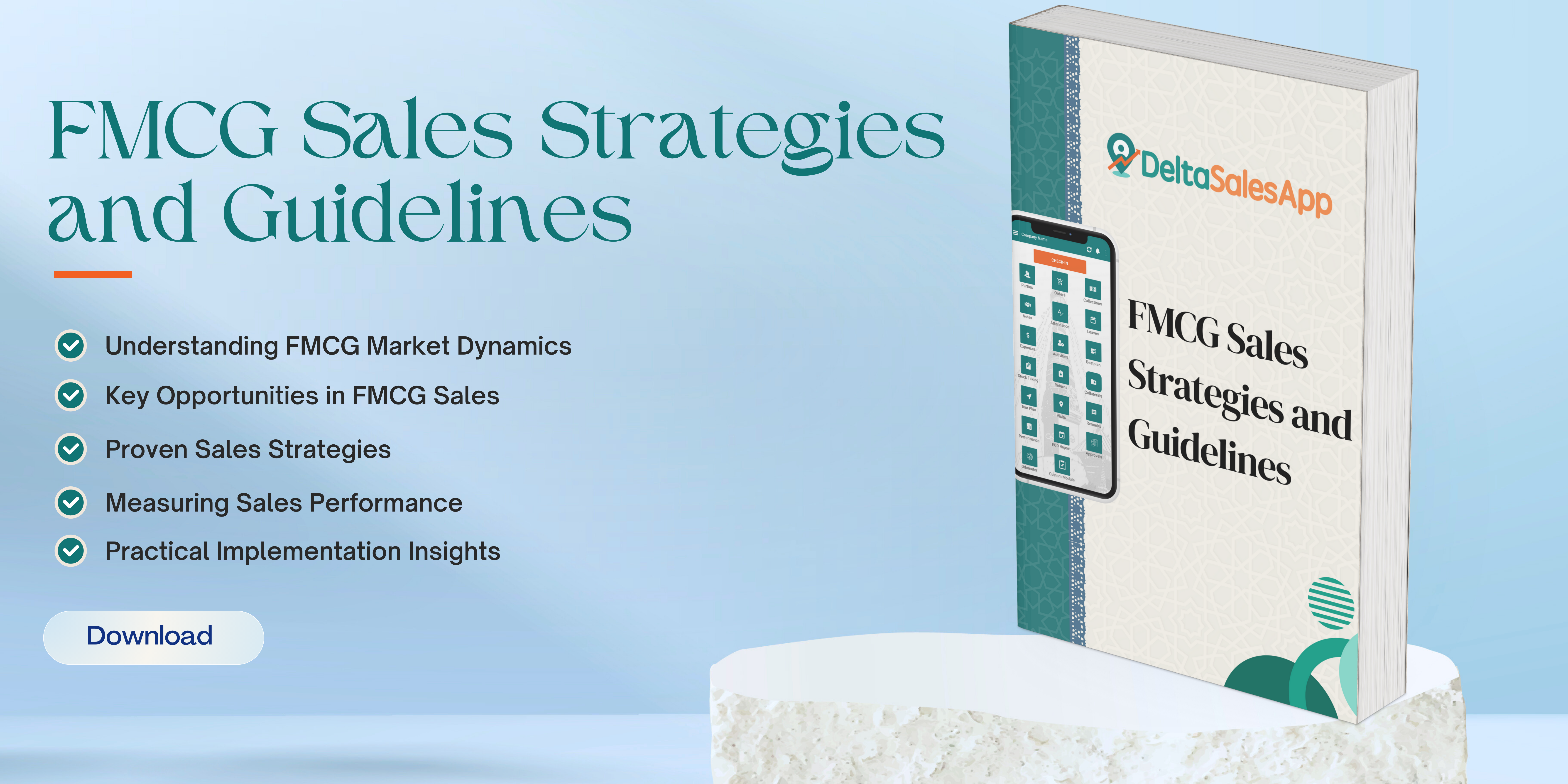Planogram
What is a Planogram ?
A planogram is a visual representation or schematic diagram used in retail to plan the layout of products on shelves, displays, or store sections. It helps optimize product placement to maximize sales, improve inventory management, and enhance the customer shopping experience.
Key Features of a Planogram
Product Placement: Determines which items go on which shelves, considering sales trends, customer behavior, and strategic positioning.
Shelf Space Allocation: Allocates shelf space based on product demand, brand agreements, and profitability.
Category Organization: Groups related products together for a logical and appealing arrangement.
Visual Merchandising: Enhances the overall store appearance and encourages impulse buying.
Stock Management: Ensures that high-selling items are placed in prime locations for easy access.
Types of Planograms
Shelf Planograms: Focuses on individual shelf layouts in a store.
Floor Planograms: Covers the entire store layout, including aisles and departments.
Pegboard or Grid Planograms: Used for hanging products like accessories or electronics.
Benefits of Using Planograms
✔ Increases sales by placing high-demand items in prime locations.
✔ Enhances customer experience by making shopping easier and more intuitive.
✔ Improves stock management by reducing out-of-stock situations.
✔ Supports marketing strategies by aligning product placement with promotions.
FAQs on Planogram
1. How is a planogram created?
Planograms are created using specialized software like JDA, Blue Yonder, or SmartDraw, or they can be manually designed using diagrams and store data.
2. What factors are considered when designing a planogram?
Sales data and product demand
Customer buying behavior
Category management strategies
Shelf space availability
Brand agreements and promotions
3. How does a planogram increase sales?
By placing high-demand and impulse-buy products in prime locations, planograms make shopping more convenient and encourage customers to buy more.
4. What is the difference between a planogram and a store layout?
A planogram focuses on specific shelf or section arrangements, while a store layout covers the entire store's design, including aisles, counters, and displays.
5. How often should planograms be updated?
Planograms should be reviewed and updated regularly based on seasonal trends, sales performance, inventory changes, and new product launches.
6. What tools can be used to create a planogram?
Some popular planogram software includes:
JDA (Blue Yonder)
Nielsen Spaceman






